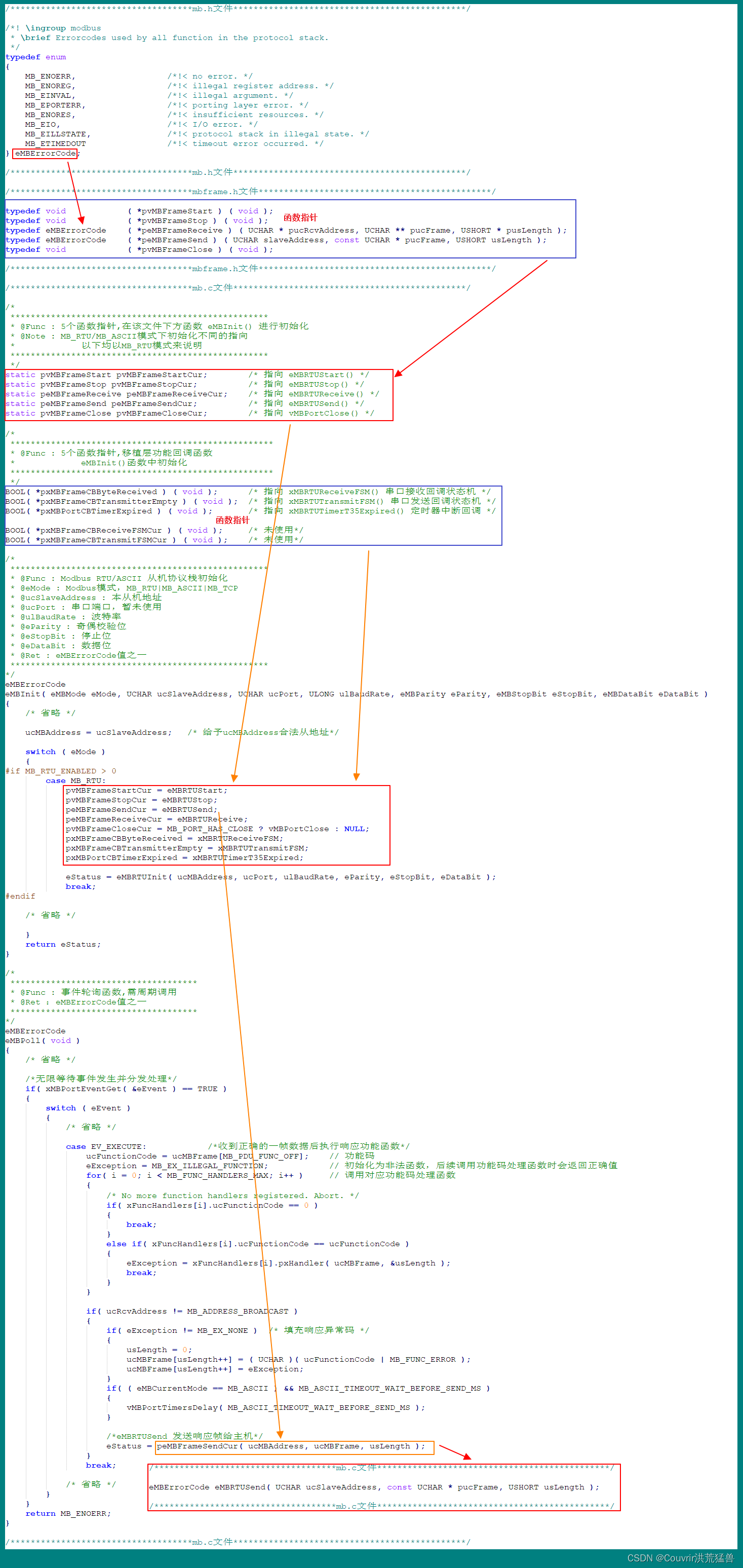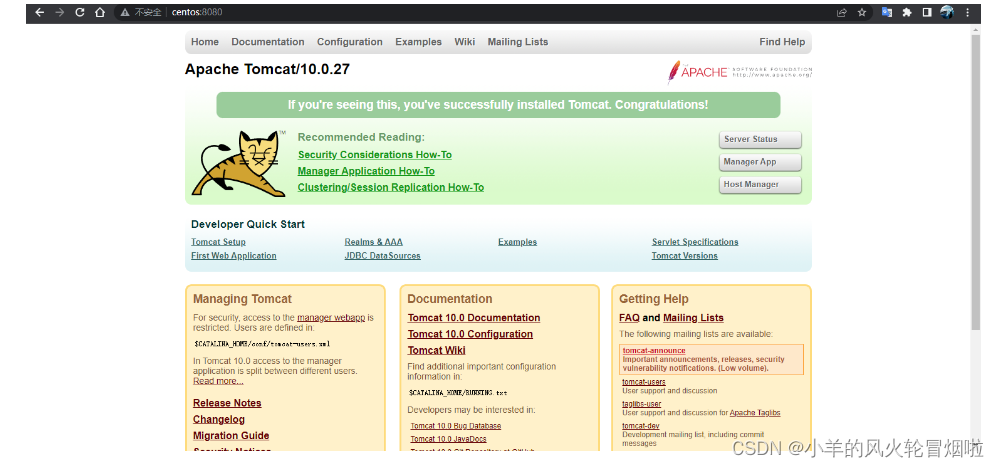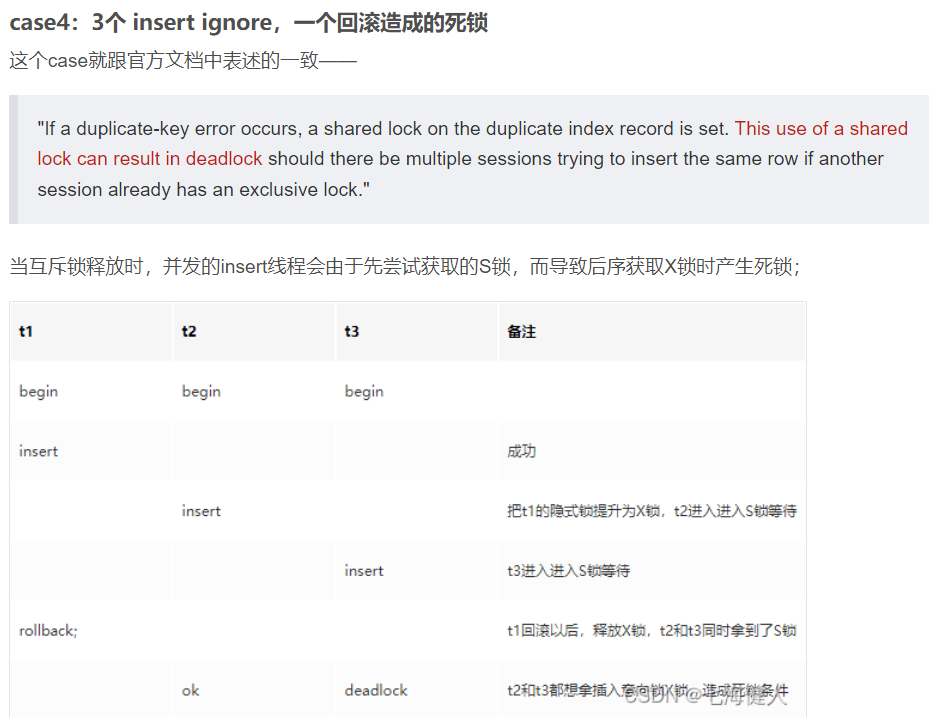1.1根据txt格式标签生成Label图片
(1) 经过测试验证,使用python代码或者halcon代码生成的Label图片是一样的。但要注意,最后要生成png格式的Label图片。
(2) 使用python代码生成Label图片
import cv2
import os
import numpy as npdef gen_label_img(img_path, txt_label_path, png_label_path):img_file_name = os.path.basename(img_path).split('.jpg')[0]print(img_file_name)img = cv2.imread(img_path)h, w = img.shape[:2]mask = np.zeros((h, w), dtype=np.uint8)with open(txt_label_path, 'r') as f:for line in f.readlines():class_id, *pyly = line.strip().split(' ')pyly = [float(i) for i in pyly]pyly = np.array(pyly).reshape(-1, 2)# 根据h,w进行反归一化pyly = (pyly * np.array([w, h])).astype(np.int32)print()mask = cv2.drawContours(mask, [pyly], -1, (int(class_id) + 255, int(class_id) + 255, int(class_id) + 255), -1)cv2.imwrite(png_label_path + '/' + img_file_name+'.png', mask)if __name__ == "__main__":img_path1 = r'./DataImage/train/'txt_label_path1 = r'./DataLabel/txtlabel/train/'png_label_path = r'./DataLabel/pnglabel/train2'print(os.listdir(img_path1))for img_file in os.listdir(img_path1):img_path2 = img_path1 + img_fileprint(img_path2)txt_label_path2 = txt_label_path1 + img_file.split('.')[0] + '.txt'gen_label_img(img_path2, txt_label_path2, png_label_path)
(3) 使用halcon代码生成Label图片
img_path:='./DataImage/train'
txt_path:='./DataLabel/txtlabel/train'
label_path:='./DataLabel/pnglabel/train1'
list_image_files (img_path, 'default', [], ImageFiles)for i:= 0 to |ImageFiles|-1 by 1read_image (Image1, ImageFiles[i])get_image_size (Image1, Width, Height)gen_image_const(ImageResult,'byte',Width,Height) parse_filename (ImageFiles[i], BaseName, Extension, Directory)txt_file_path:= txt_path+'/'+BaseName+'.txt'label_file_path:=label_path+'/'+BaseNameopen_file (txt_file_path, 'input', FileHandle)repeatfread_line(FileHandle, oneline, IsEOF)if(IsEOF == 1)break endifif(oneline == ' ' or oneline=='\n')continueendiftuple_regexp_replace (oneline, '\n', '', oneline)tuple_split (oneline, ' ', Substrings)tuple_number (Substrings, Number)Points:=Number[1:|Number|-1] tuple_select (Points, [0:2:|Points|-1], Selected1)tuple_select (Points, [1:2:|Points|], Selected2)c:= Selected1*Widthr:= Selected2*Heightgen_region_polygon_filled (Region, r, c)paint_region (Region, ImageResult, ImageResult, 255, 'fill')until (IsEOF)write_image (ImageResult, 'png', 0,label_file_path)endfor1.2应用示例代码
*
* *** 0) SET INPUT/OUTPUT PATHS AND DATASET PARAMETERS ***
*
ImageDir := 'pill'
SegmentationDir := 'labels/pill'
*
OutputDir := 'segment_pill_defects_data'
*
ClassNames := ['good', 'contamination', 'crack']
ClassIDs := [0, 1, 2]
* Set to true, if the results should be deleted after running this program.
RemoveResults := false
*
* *** 1.) PREPARE ***
*
* Read and prepare the DLDataset.
read_dl_dataset_segmentation (ImageDir, SegmentationDir, ClassNames, ClassIDs, [], [], [], DLDataset)
split_dl_dataset (DLDataset, 60, 20, [])
* Here, existing preprocessed data will be overwritten if necessary.
PreprocessSettings := dict{overwrite_files: 'auto'}
create_dl_preprocess_param ('segmentation', 400, 400, 3, -127, 128, 'none', 'full_domain', [], [], [], [], DLPreprocessParam)
preprocess_dl_dataset (DLDataset, OutputDir, DLPreprocessParam, PreprocessSettings, DLDatasetFileName)
*
* Inspect 10 randomly selected preprocessed DLSamples visually.
WindowDict := dict{}
find_dl_samples (DLDataset.samples, 'split', 'train', 'match', TrainSampleIndices)
for Index := 0 to 9 by 1SampleIndex := TrainSampleIndices[round(rand(1) * (|TrainSampleIndices| - 1))]read_dl_samples (DLDataset, SampleIndex, DLSample)dev_display_dl_data (DLSample, [], DLDataset, ['segmentation_image_ground_truth', 'segmentation_weight_map'], [], WindowDict)dev_disp_text ('Press F5 to continue', 'window', 'bottom', 'right', 'black', [], [])stop ()
endfor
dev_close_window_dict (WindowDict)
*
* *** 2.) TRAIN ***
*
* Read a pretrained model and adapt its parameters
* according to the dataset.
read_dl_model ('pretrained_dl_segmentation_compact.hdl', DLModelHandle)
set_dl_model_param_based_on_preprocessing (DLModelHandle, DLPreprocessParam, ClassIDs)
set_dl_model_param (DLModelHandle, 'class_names', ClassNames)
* Set training related model parameters.
* Training can be performed on a GPU or CPU.
* See the respective system requirements in the Installation Guide.
* If possible a GPU is used in this example.
* In case you explicitly wish to run this example on the CPU,
* choose the CPU device instead.
query_available_dl_devices (['runtime', 'runtime'], ['gpu', 'cpu'], DLDeviceHandles)
if (|DLDeviceHandles| == 0)throw ('No supported device found to continue this example.')
endif
* Due to the filter used in query_available_dl_devices, the first device is a GPU, if available.
DLDevice := DLDeviceHandles[0]
get_dl_device_param (DLDevice, 'type', DLDeviceType)
if (DLDeviceType == 'cpu')* The number of used threads may have an impact* on the training duration.NumThreadsTraining := 4set_system ('thread_num', NumThreadsTraining)
endif
*
* For details see the documentation of set_dl_model_param () and get_dl_model_param ().
if (DLDeviceType == 'gpu')set_dl_model_param_max_gpu_batch_size (DLModelHandle, 50)
endif
set_dl_model_param (DLModelHandle, 'learning_rate', 0.0001)
set_dl_model_param (DLModelHandle, 'device', DLDevice)
*
* Here, we run a short training of 10 epochs.
* For better model performance increase the number of epochs
* and train as long as your compute budget allows,
* e.g., for 100, 1000 or 3000 epochs.
create_dl_train_param (DLModelHandle, 10, 1, 'true', 42, [], [], TrainParam)
* The training and thus the call of train_dl_model_batch ()
* is done using the following procedure.
train_dl_model (DLDataset, DLModelHandle, TrainParam, 0, TrainResults, TrainInfos, EvaluationInfos)
*
* Read the best model, which is written to file by train_dl_model.
read_dl_model ('model_best.hdl', DLModelHandle)
dev_disp_text ('Press F5 to continue', 'window', 'bottom', 'left', 'black', [], [])
stop ()
*
dev_close_window ()
dev_close_window ()
*
* *** 3.) EVALUATE ***
*
GenParamEval := dict{show_progress: true}
GenParamEval.measures := ['mean_iou', 'pixel_accuracy', 'class_pixel_accuracy', 'pixel_confusion_matrix']
*
set_dl_model_param (DLModelHandle, 'device', DLDevice)
evaluate_dl_model (DLDataset, DLModelHandle, 'split', 'test', GenParamEval, EvaluationResult, EvalParams)
*
GenParamEvalDisplay := dict{display_mode: ['measures', 'absolute_confusion_matrix']}
dev_display_segmentation_evaluation (EvaluationResult, EvalParams, GenParamEvalDisplay, WindowDict)
dev_disp_text ('Press F5 to continue', 'window', 'bottom', 'right', 'black', [], [])
stop ()
dev_close_window_dict (WindowDict)
*
* Optimize the model for inference,
* meaning, reduce its memory consumption.
set_dl_model_param (DLModelHandle, 'optimize_for_inference', 'true')
set_dl_model_param (DLModelHandle, 'batch_size', 1)
* Save the model in this optimized state.
write_dl_model (DLModelHandle, 'model_best.hdl')
*
* *** 4.) INFER ***
*
* To demonstrate the inference steps, we apply the
* trained model to some randomly chosen example images.
list_image_files (ImageDir, 'default', 'recursive', ImageFiles)
tuple_shuffle (ImageFiles, ImageFilesShuffled)
*
* Create dictionaries used in visualization.
WindowDict := dict{}
DLDatasetInfo := dict{}
get_dl_model_param (DLModelHandle, 'class_ids', DLDatasetInfo.class_ids)
get_dl_model_param (DLModelHandle, 'class_names', DLDatasetInfo.class_names)
for IndexInference := 0 to 9 by 1read_image (Image, ImageFilesShuffled[IndexInference])gen_dl_samples_from_images (Image, DLSample)preprocess_dl_samples (DLSample, DLPreprocessParam)apply_dl_model (DLModelHandle, DLSample, [], DLResult)* dev_display_dl_data (DLSample, DLResult, DLDatasetInfo, ['segmentation_image_result', 'segmentation_confidence_map'], [], WindowDict)dev_disp_text ('Press F5 to continue', 'window', 'bottom', 'right', 'black', [], [])stop ()
endfor
dev_close_window_dict (WindowDict)
*
* *** 5.) REMOVE FILES ***
*
clean_up_output (OutputDir, RemoveResults)



